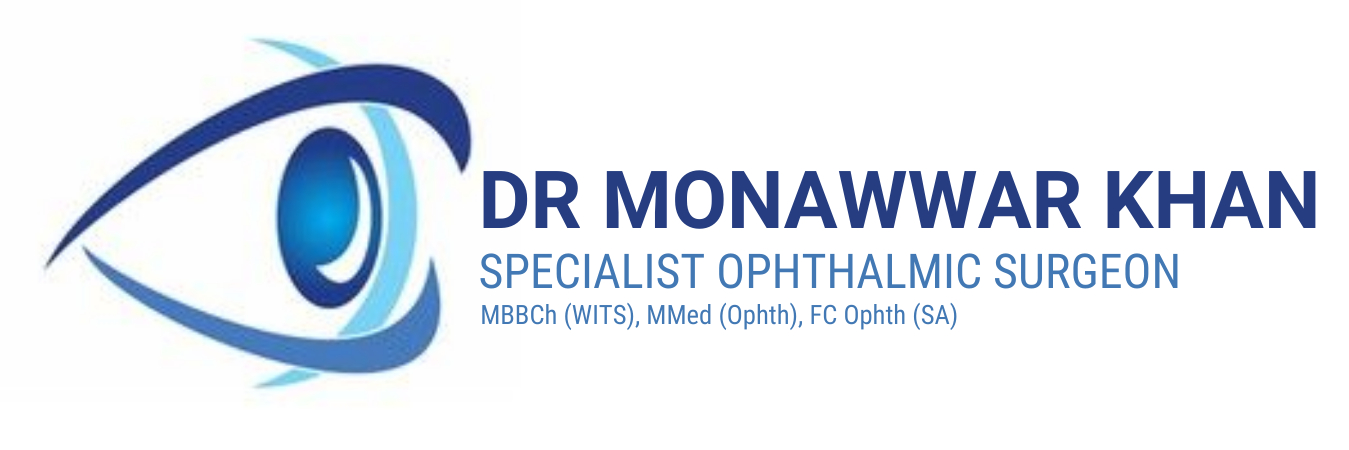Paediatric Eye Management
Early diagnosis and treatment of pediatric eye disease are critical to preserving your child’s vision.
The most common conditions which affect eyesight during childhood are:
- Developmental disorders, which are often diagnosed shortly after birth or within the first year of life
- Refractive/optical problems (short-sightedness, long-sightedness, astigmatism)
- Amblyopia (commonly known as lazy eye)
- Strabismus (squint)
- Inflammation on the surface of or inside the eye, including allergic eye disease
- Infections of the conjunctiva, the transparent membrane which covers the white part of the eye and the inside of the eyelids
- Eyelid lesions
A child’s learning and academic performance can be slightly affected by undiagnosed and untreated vision problems. Eye conditions can also affect children’s quality of life by limiting their ability to take part in age-appropriate activities.
When to see a paediatric ophthalmologist?
All children have a basic eye check at birth to make sure there is no developmental defect such as cataract or retinoblastoma. Most children then have a basic vision check at the age of 4-5 years, as part of the school vision screening programme.
If you have any concerns about your child’s eyes or vision, you should arrange a sight test by your local optometrist. Children under the age of 5-6 years may require a specialist assessment by a paediatric ophthalmologist.

